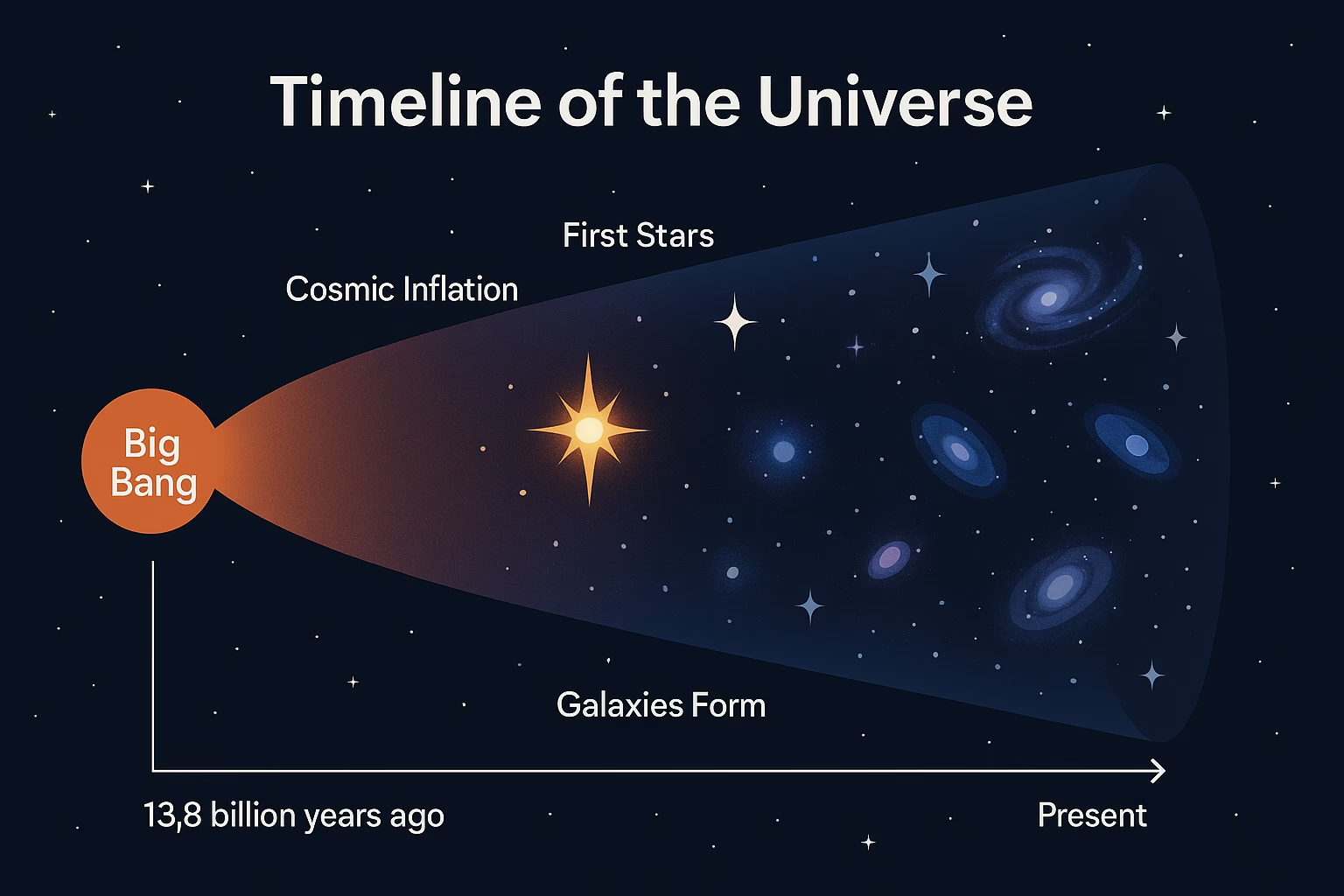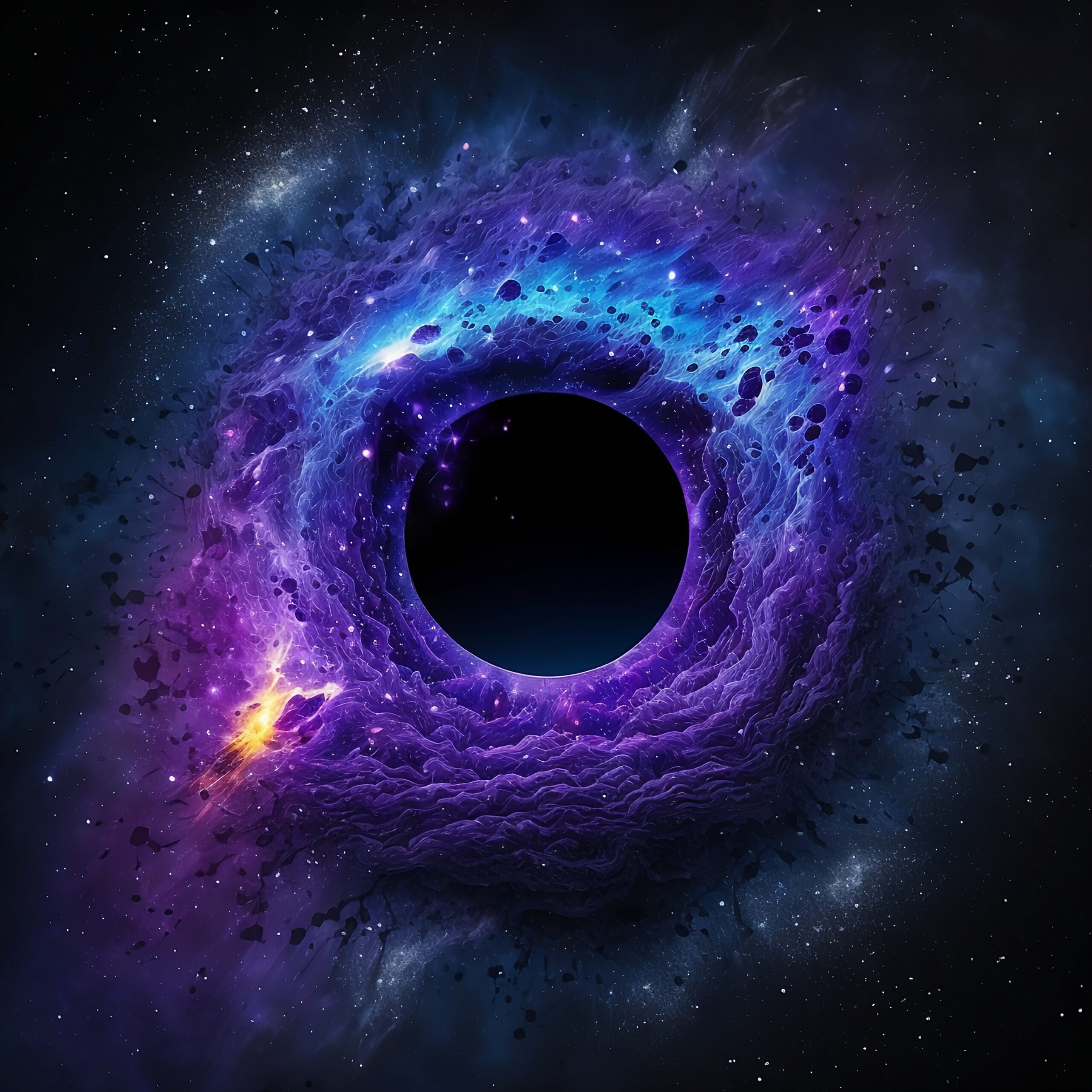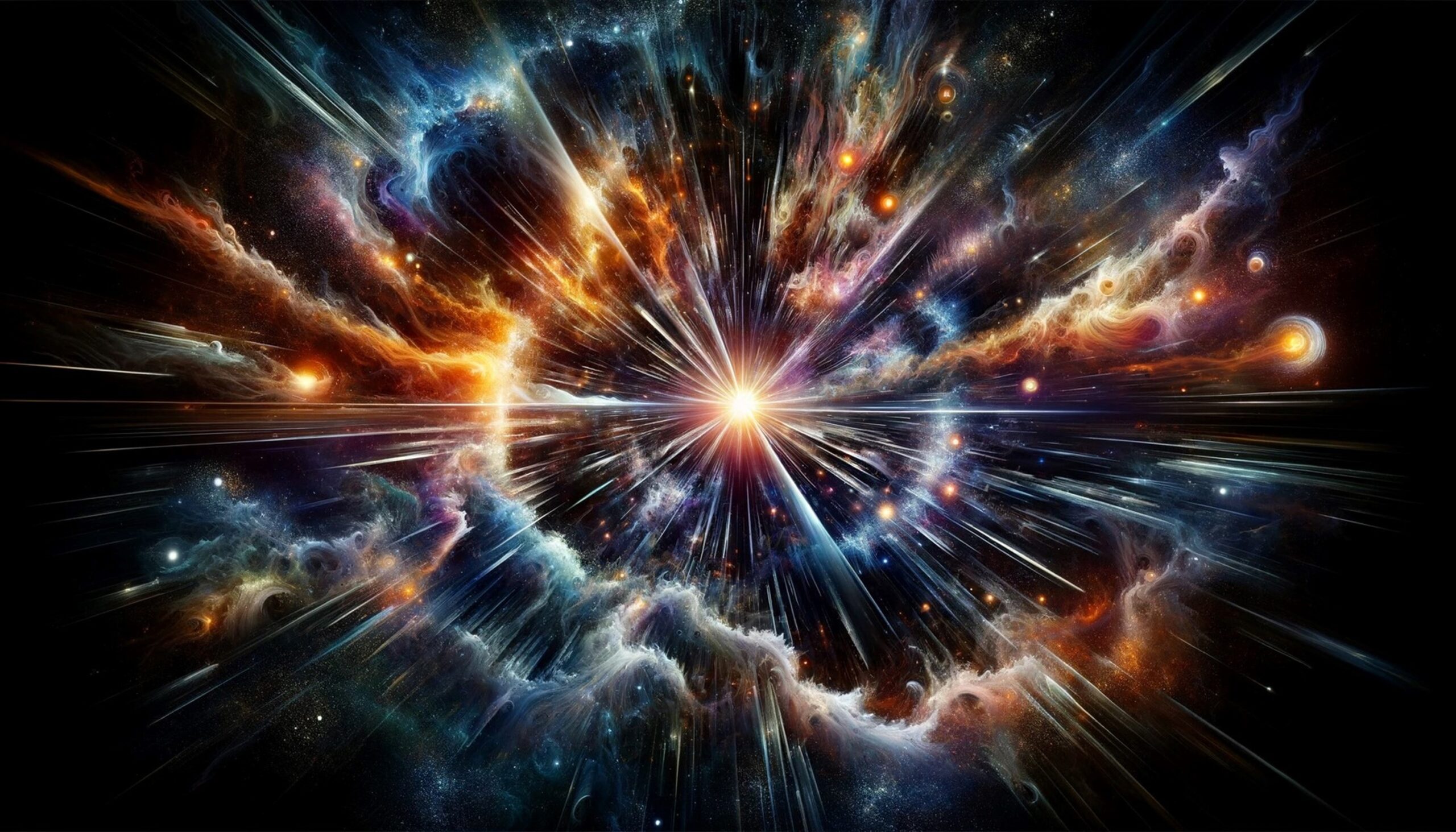Introduction: Exploring the Cause of the Big Bang
What triggered the greatest explosion in history? How did the universe begin?
The Big Bang is the most widely accepted theory of the universe’s origin, explaining how our cosmos began around 13.8 billion years ago. This theory posits that the universe started from an incredibly hot and dense point and has been expanding ever since. But one question remains: What triggered the Big Bang itself? In this article, we will explore the leading scientific theories about the cause of the Big Bang, diving into ideas ranging from cosmic inflation to quantum fluctuations, and even the possibility of a multiverse. Let’s embark on a journey to uncover the mysteries of the universe’s birth.
Understanding the Big Bang Theory
The Big Bang theory posits that the universe began as an incredibly hot and dense point about 13.8 billion years ago. From this initial singularity, the universe began expanding and cooling, leading to the formation of galaxies, stars, and planets.
It is important to note that the Big Bang explains the evolution of the universe, not its cause. The theory does not provide a reason for why the universe began, only how it has evolved from a hot, dense state to its present-day form.
Supporting evidence for the Big Bang comes from several key observations:
- Cosmic Microwave Background (CMB) radiation, which is the faint glow left over from the Big Bang.
- Redshift in the light from distant galaxies, showing that the universe is expanding.
- The abundance of light elements like hydrogen and helium, which aligns with predictions made by the Big Bang theory.
While we have compelling evidence supporting this theory, the question of what caused the Big Bang itself remains open.
Leading Theories on the Cause of the Big Bang
Several intriguing theories attempt to answer the question of what caused the Big Bang. Each theory provides a different perspective, but they all share a common goal: explaining the origins of our universe. Here are some of the leading hypotheses:
Cosmic Inflation
Cosmic inflation is a theory that suggests the universe expanded exponentially during the first fraction of a second after the Big Bang. Proposed by Alan Guth in the 1980s, this theory posits that a field known as the “inflaton field” caused this rapid expansion. Inflation explains several features of the universe that were otherwise puzzling, such as the horizon problem (why distant parts of the universe appear so similar) and the flatness problem (why the universe seems to be flat on large scales).
Inflation resolves these issues by suggesting that during this brief but powerful phase of expansion, the universe stretched to enormous sizes, smoothing out any irregularities. While inflation is an elegant solution to these problems, the exact cause of inflation and the nature of the inflaton field remain unknown, and we still face difficulties in directly testing the theory.
Quantum Fluctuations
Quantum mechanics introduces the idea of quantum fluctuations—small, random changes in energy that occur at the subatomic level. These fluctuations might have been responsible for the birth of the universe. According to the uncertainty principle, quantum particles can spontaneously appear and disappear in empty space, suggesting that the universe could have emerged from a quantum vacuum state.
This idea implies that the Big Bang could have been the result of a quantum fluctuation that “broke symmetry,” causing a rapid expansion of space and the birth of our universe. Some theories even suggest that the universe began from nothing, driven by the quantum uncertainty of a vacuum. However, this concept is still highly speculative, and testing quantum fluctuations in the early universe remains a challenge.
Multiverse Hypothesis
The multiverse hypothesis posits that our universe might be just one of many universes in a larger multiverse. According to this theory, the Big Bang could have been triggered by the collision or interaction between our universe and another universe in a higher-dimensional space. If the multiverse theory is correct, then each universe within the multiverse might have its own Big Bang, leading to the formation of distinct universes with potentially different laws of physics.
The multiverse hypothesis raises profound questions about the nature of reality and the limits of scientific observation. If there are other universes beyond our own, it may be impossible to observe them directly, making this theory difficult to test scientifically. Nevertheless, it offers an intriguing possibility for explaining the origins of the universe.
String Theory & Brane Cosmology
String theory and brane cosmology propose that our universe is not just a three-dimensional space, but a brane (a multi-dimensional object) embedded in a higher-dimensional space. In this framework, the Big Bang could have been caused by the collision of two such branes. This idea is part of the Ekpyrotic Universe model, which suggests that the universe we know was born from a brane collision in a higher-dimensional space.
The theory of brane collisions offers a potential explanation for the Big Bang, suggesting that this catastrophic event could have triggered the rapid expansion of the universe. String theory and brane cosmology also provide insights into other cosmic phenomena and offer potential solutions to longstanding cosmological problems. However, the lack of direct experimental evidence makes this theory difficult to confirm.
Cyclic Universe Models
The cyclic universe theory proposes that the universe is part of an eternal cycle of expansion and contraction, with each cycle beginning with a Big Bang and ending in a Big Crunch, only to begin anew. In this model, the universe undergoes an infinite series of rebirths, each cycle being similar to the one before it, but with no true beginning or end.
The theory suggests that each Big Bang is preceded by a contraction phase, where the universe collapses under gravity, followed by a new Big Bang that starts a new cycle. While this idea offers an alternative to the traditional view of a single, one-time Big Bang, it raises profound philosophical and scientific questions, particularly about the nature of time, entropy, and the ultimate fate of the universe.
Challenges in Determining the Cause
Determining the true cause of the Big Bang is a monumental challenge. Our current understanding of the universe relies on observations and theories that only extend back to the moment when the universe was about 380,000 years old, long after the Big Bang itself. The Planck era, which represents the earliest moments of the universe (within the first 10-43 seconds), remains beyond our observational reach.
In this era, quantum effects dominated, and our current instruments, including SPHEREx and LIGO, are not capable of probing these early, high-energy conditions. We also face theoretical challenges in understanding how quantum fluctuations, brane collisions, or other phenomena could have led to the Big Bang.
Many cosmological models, such as those involving inflation, multiverses, and string theory, offer potential explanations, but they remain speculative without empirical evidence. The inability to directly test these theories is a major hurdle in determining the true cause of the Big Bang.
Conclusion
While we have made tremendous progress in understanding the evolution of the universe, the true cause of the Big Bang remains one of the greatest mysteries in science. From cosmic inflation and quantum fluctuations to the idea of a multiverse and brane collisions, many theories seek to explain the origins of the cosmos. However, technological limitations and theoretical challenges make it difficult to probe the earliest moments of the universe and test these theories.
As our tools and understanding evolve, we may eventually come closer to uncovering the ultimate cause of the Big Bang, but for now, many questions remain unanswered. The quest to understand the origins of the universe continues to inspire scientists and philosophers alike, pushing the boundaries of both knowledge and imagination.
Share the knowledge with


